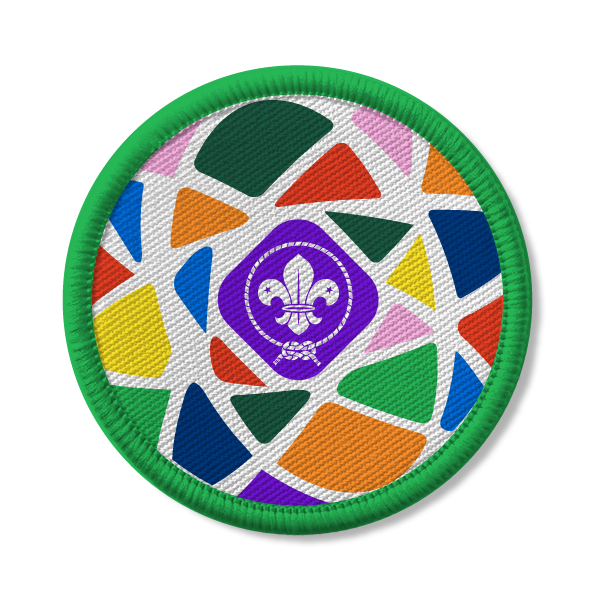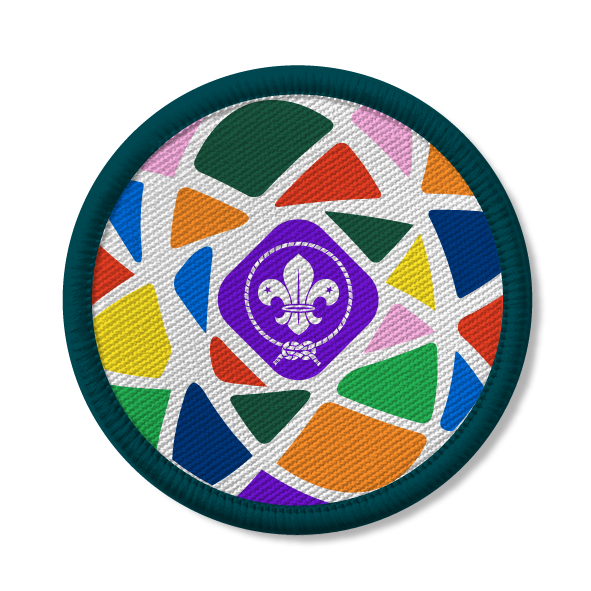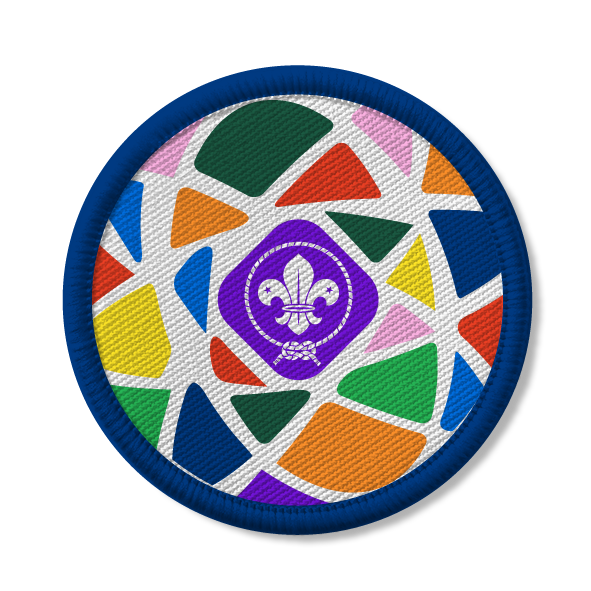
Take on a nature conservation project
You’ll need
- A4 paper
- Pens or pencils
- Any equipment needed for your projects
Before you begin
- Use the safety checklist to help you plan and risk assess your activity. There's also more guidance to help you carry out your risk assessment, including examples.
- Make sure all young people and adults involved in the activity know how to take part safely.
- Make sure you’ll have enough adult helpers. You may need some parents and carers to help if you’re short on helpers.
Planning for this activity
- Find a local nature reserve site to visit. It could be a nature charity site. There are lots to choose from. You could look at the RSPB, Canals and Rivers Trust, or Wildlife Trust. You could also get in touch with your local authority and ask for their help.
- This activity will cover at least three meetings. The first being the starting conversations, next being the first visit to plan the projects and the final being the volunteering. Make sure you agree this with your location, and send out the dates, timings and address to the parents or carers.
Getting ready to go
- Hold a planning meeting at your normal meeting space, before you visit your local nature site.
- Gather everyone in a circle. Have a discussion with everyone about the location you're going to.
- Ask and chat about why conservation and environmental impact is important to the location.
- Explain to everyone that they'll be visiting a location to plan a conservation volunteering project. It'll help you all to give back to the local area.
- Chat about how you can prepare for the visit to the location. Is there anything everyone needs to bring with them? How should everyone prepare for the weather? You could have a go at the A change in the weather activity to help everyone prepare.
- Ask everyone to get into small groups. Give each group some pens and paper.
- Aske each group to think of some questions they should ask or think about when visiting the location to help them decide what their project should be. We've included some example questions at the bottom of this page.
- When the groups are ready, come back together and ask each group to share some of their questions to everyone else.
Planning your project
- Meet at your location.
- The person leading the activity should remind everyone about how to stay safe. The location may have some additional rules. Everyone should listen carefully to any safety guidance they’re given during the trip.
- Have a walk around the location as a group. Make sure each team has a copy of the questions they wanted to answer. They could find the answers themselves, or ask anyone who works or volunteers there.
- Whilst you are walking around, have a think about your project. Is there something which has stood out to you that you'd like to work on? Or is there something that has already been started at the location that you'd like to help with?
- When each team has decided on a project, write it down and start making a list of any equipment you might need to bring with you.
- It could be a physical project, such as maintaining an area. It could be a promotional project, such as making posters to raise awareness, or it might be a creative project, such as making habitats or feeding devices.
- After you've finished walking around the location, gather everyone together and share your project ideas.
- As a group decide on which project you'd like to take part in and check with your location that this project is OK to do.
- Depending on the needs of the group and the location you've visited, you might need to tailor your project so it works for everyone.
Make a difference
- Start your project. Make sure you've all the equipment you need with you, remember to risk assess the project and stay safe, follow the location's safety guidelines, wear and use protective equipment, and have fun while doing it.
- Once your project has been completed, tidy up all the equipment you've used and make sure you take any waste or rubbish with you.
Who uses the location you've chosen?
- Is it part of a national group?
- Does it encourage schools to visit?
- What about coaches and day trips?
- Do lots of families visit?
- What about wildlife enthusiasts, such as dog walkers, fishers, birdwatchers?
Who benefits from the location?
- Animals should benefit the most, but people will probably benefit too.
- What animals are the reserve trying to protect a habitat for?
- What animals can you spot?
- What about plants? The types of plants the location protects may be closely tied to the animals.
- It’s probably not just trees, either. What small plants and weeds do the location encourage?
What challenges does the location face?
- Are there any challenges? For example, vandalism, storm damage, or littering.
- Have these challenges got easier or harder?
- How have the challenges changed over the past few years?
How could people help?
- Does the location need help maintaining the habitat?
- Could the group take on a project to address one of the challenges?
Reflection
This activity was all about valuing the outdoors. Some locations help protect wildlife and habitats that are under threat because of human activity. What did people notice about the location with their senses?
People may have noticed they could hear things, such as wind in the leaves, birdsong and running water. They may have smelled fresh air or different plants, and they may have seen all sorts of different colours and textures.
How did people feel when they were in nature? Can they imagine how many thousands of creatures call the nature reserve home, from bigger mammals to tiny insects?
This activity was also about helping the community. What did the location need help with? How would helping the location help the community? Your location don’t just give nature a home – they also educate the public, and they’re lovely places to visit. Often, visiting these places improve people’s wellbeing and reduces stress.
Safety
All activities must be safely managed. You must complete a thorough risk assessment and take appropriate steps to reduce risk. Use the safety checklist to help you plan and risk assess your activity. Always get approval for the activity, and have suitable supervision and an InTouch process.
- Outdoor activities
You must have permission to use the location. Always check the weather forecast, and inform parents and carers of any change in venue.
- Animals and insects
Be aware of the risks before interacting with animals. Be aware of anyone with allergies, and make alternative arrangements for them.
- Gardening and nature
Everyone must wash their hands after the activity has finished. Wear gloves if needed. Explain how to safely use equipment and set clear boundaries so everyone knows what’s allowed.
- Near water
Manage groups carefully when near water. The guidance on activities near water will help you to keep your group safe.
You can choose how big your project is – it’ll probably depend on the time and resources your group has.
When you chat to the location, make sure you find out how to make your visit accessible for everyone in your group.
You may want to think about getting to the location, looking around the location, the accessibility of buildings, if there's any accessible toilets, and if there's anything that might be challenging for people with sensory differences.
Work with the location, young people, and their parents or carers to figure out how to make the visit work.
All Scout activities should be inclusive and accessible.
Anyone who enjoyed this visit may want to work towards another badge that focuses on making a difference, whether it’s local, national, or international.
The Cubs or Scouts Global Issues Activity Badge, Cubs or Scouts Local Knowledge Activity Badge, or Community Impact Staged Activity Badge could be the perfect place to start.
If people have lots of different good ideas for ways to make a difference, they could split into task teams led by young people.






